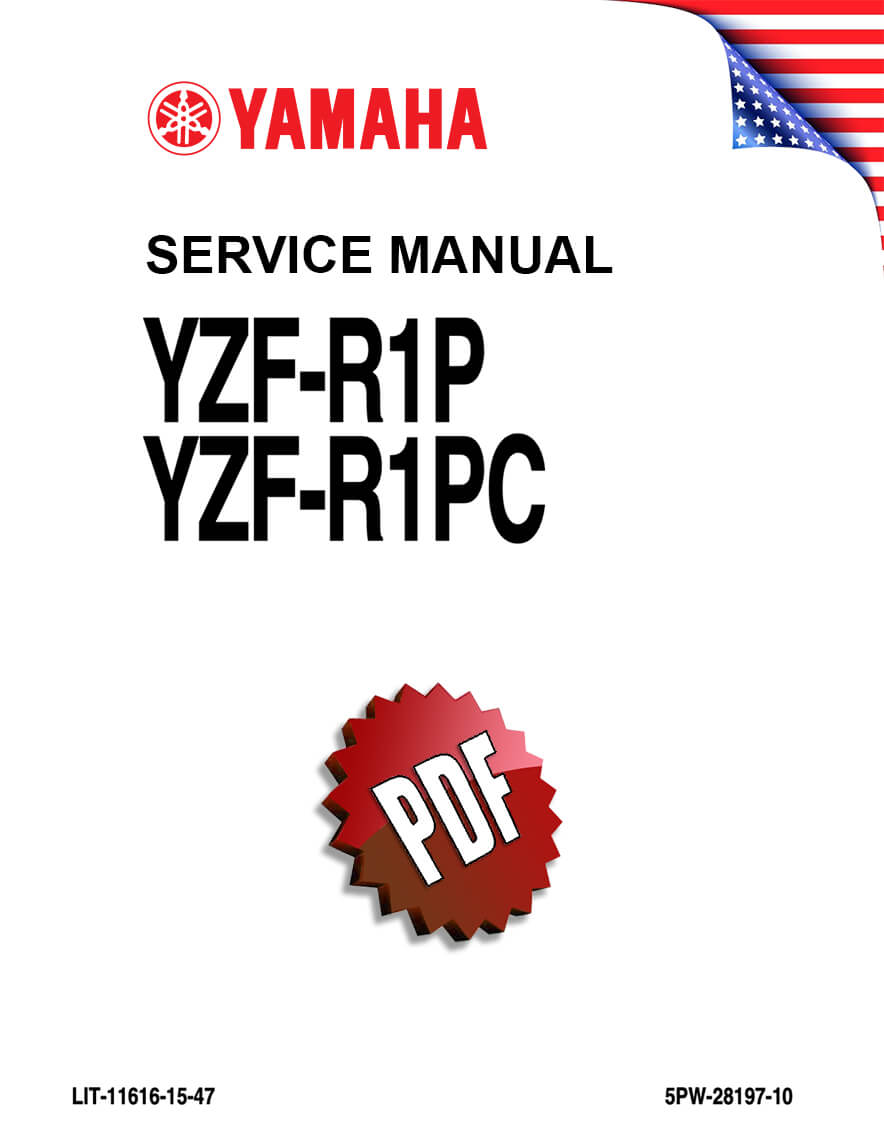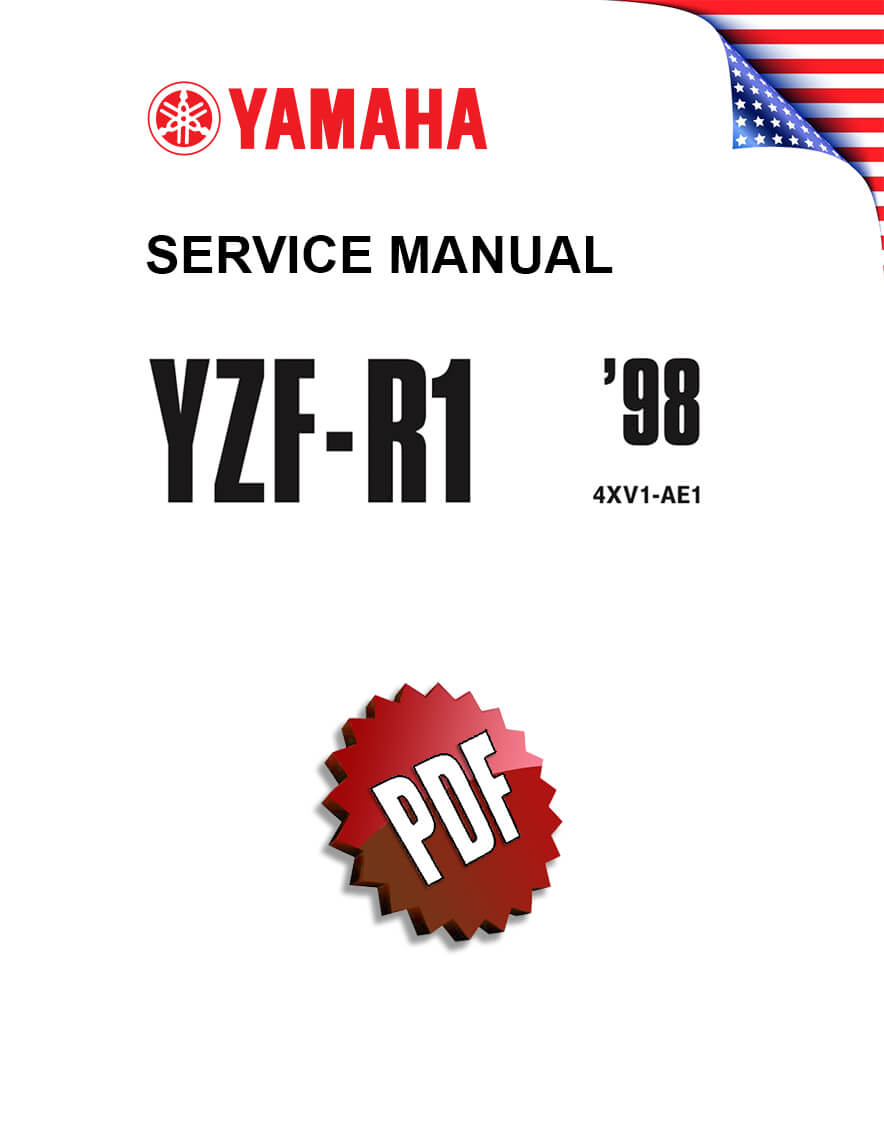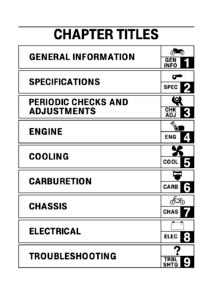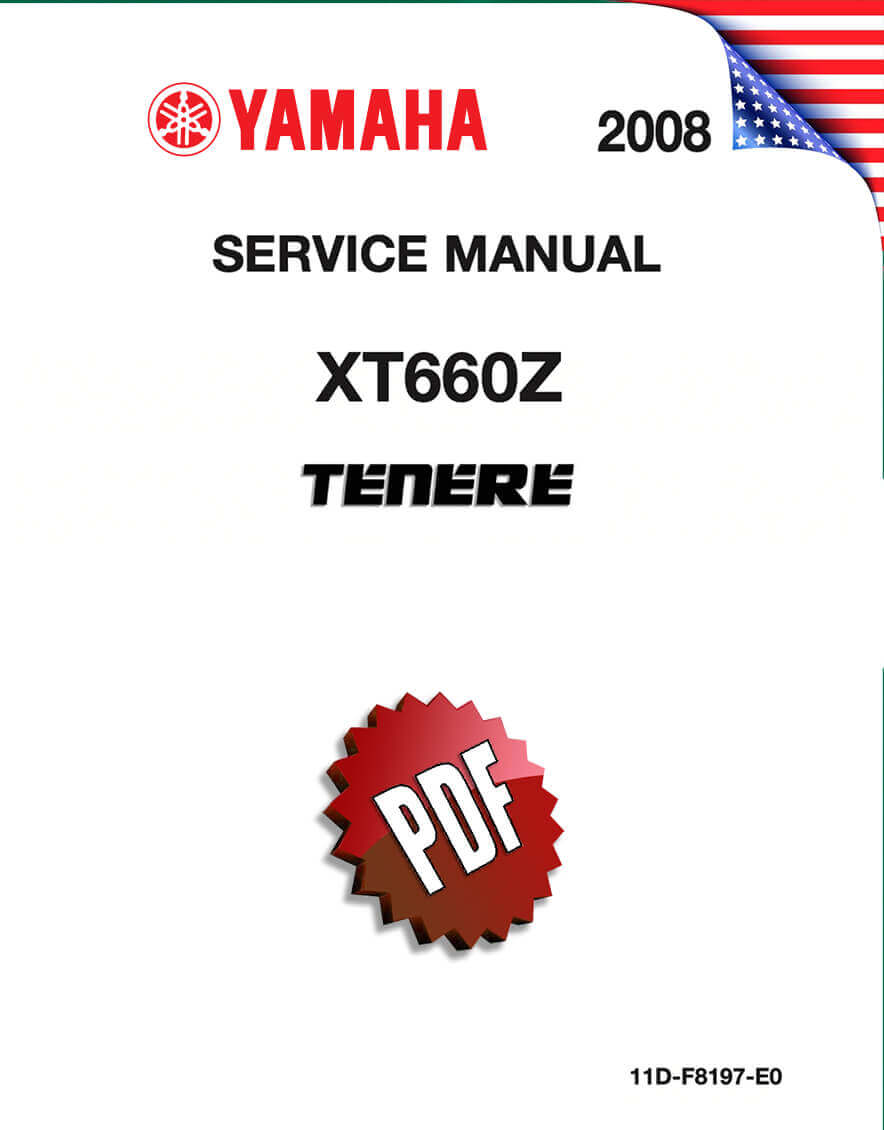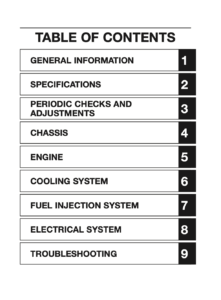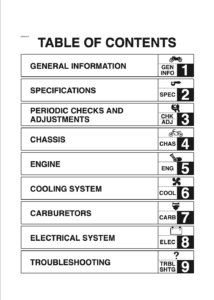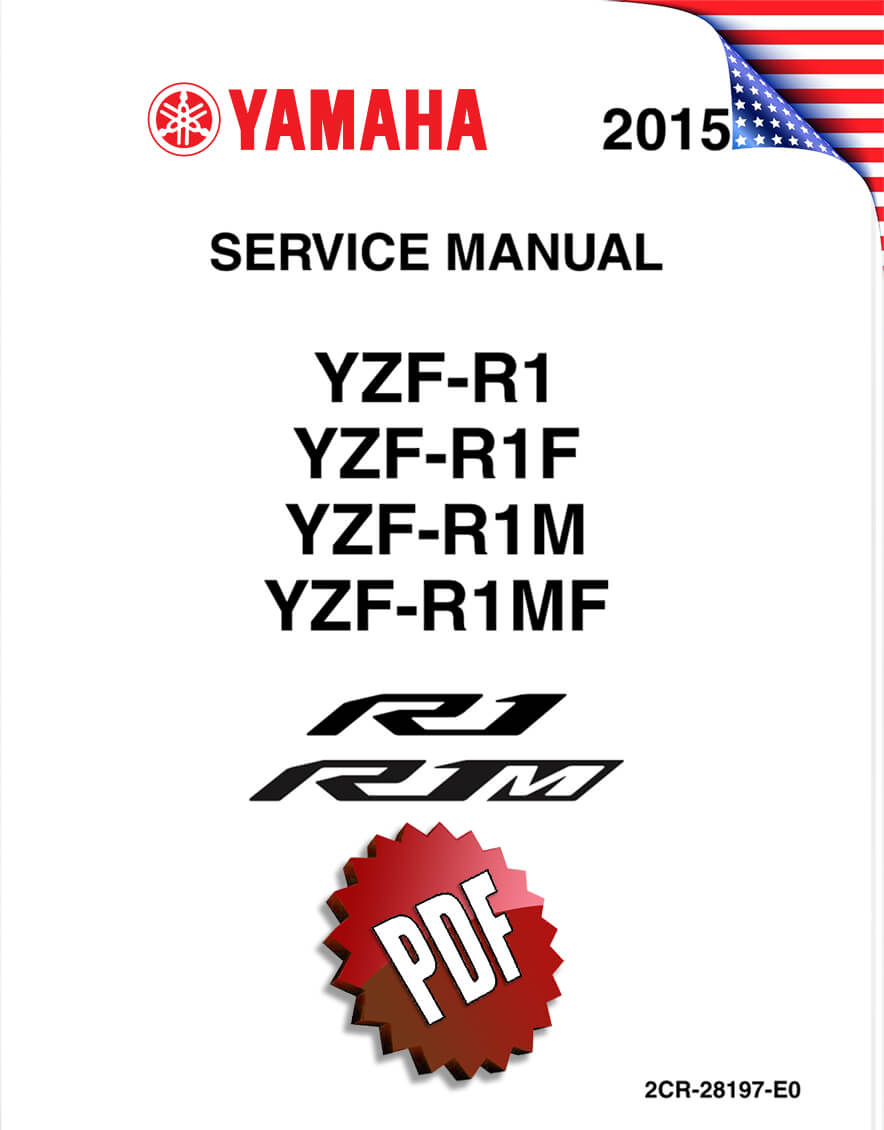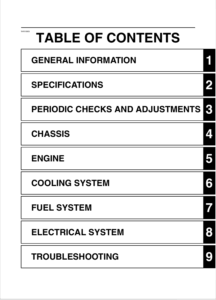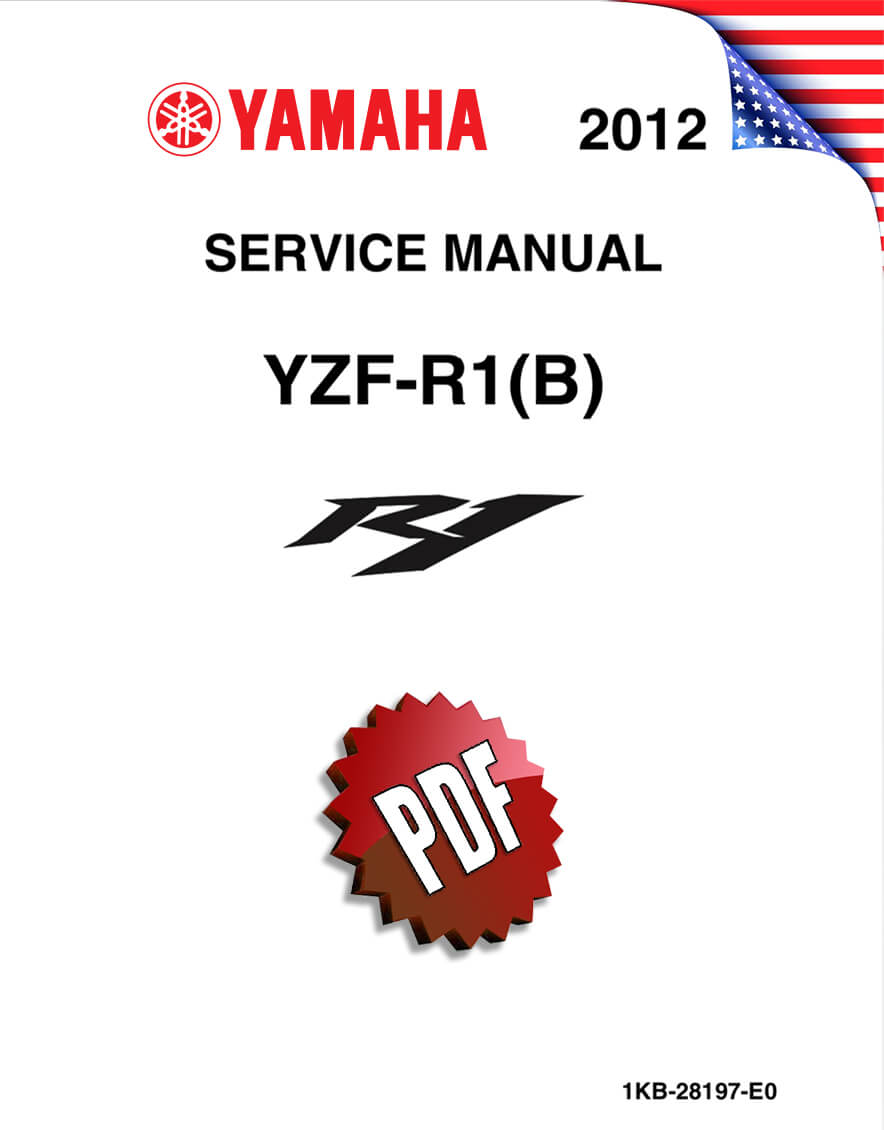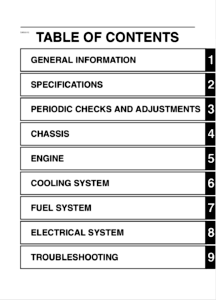Complete PDF version of the Service Manual for the Yamaha YZF-R1P/PC. A MUST for every R1 owner.
Download: Immediately after payment!
OEM Original factory workshop manual.
Models covered by this manual: 2002 to 2003
Number of pages: 437 pages
Table of contents:
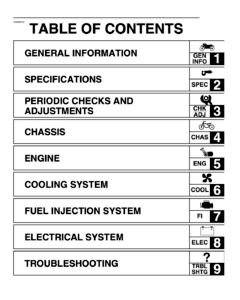
This PDF repair manual can be downloaded right after the payment process in complete, on the device of your choice. You will also receive the download link by email along with your receipt.
We do not offer printed manuals, for the following reasons:
- it is more eco-friendly to use a digital version
- your manual never gets dirty or greasy
- you can always choose to print the specific page(s) you need to work on your bike
- you receive your manual immediately after payment
- it is searchable

Yamaha YZF-R1
Yamaha‘s YZF-R1, or R1, is an open class sport bike, or superbike, motorcycle produced from 1998 to the present.
2002-2003
For the 2002 model year, a new fuel injection system was added that functioned similarly to a carburetor by utilising a CV carburetor slide controlled by vacuum generated by the engine. The engine stayed basically the same, with a similar power output to the 2000-2001 bike. One major improvement was the introduction of new cylinder sleeves made of a high silicon content alloy including magnesium, which reduced heat-induced deformation and hence reduced oil consumption. Yamaha also debuted the newly designed Deltabox frame in 2002, which, thanks to its hydro formed structure, decreased the overall amount of frame welds. These modifications increased the stiffness of the frame by 30%. The cooling system was completely reworked for improved performance and compactness. The exhaust system was upgraded from a 4-into-1 to a titanium 4-into-2-into-1 configuration.
The motorcycle’s rear end has been redesigned and streamlined with an LED taillight. This enabled exceptionally clean rear body lines when one of many typical aftermarket changes, such as removing the turn signal stalks and factory license plate bracket and replacing them with different available substitutes that “hug” the body or frame, was chosen. Also in 2002, the front end lighting was updated, with better resolution headlights and side “parking” lights within the twin-headlight panel, giving the vehicle a more angular aspect. This also opened up new aftermarket options, such as removing the front turn signals and using the front lights as directional or hazard markers while stopped. The sole difference for 2003 was the addition of danger warning lights and dipped headlights.
Cycle World recorded 38 mpg-US (6.2 L/100 km; 46 mpg-imp) fuel consumption in 2002, a 0 to 60 mph (0 to 97 km/h) duration of 2.9 seconds, a 0 to 14 mi (0.00 to 0.40 km) time of 10.32 seconds at 137.60 mph (221.45 km/h), and a peak speed of 167 mph (269 km/h).
Source: Wikipedia

